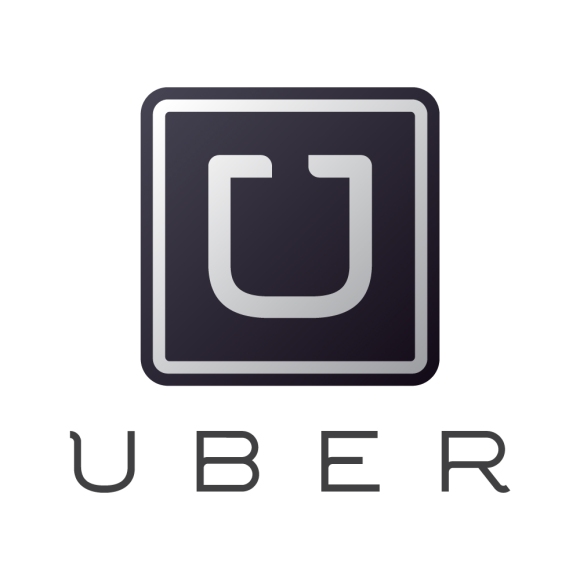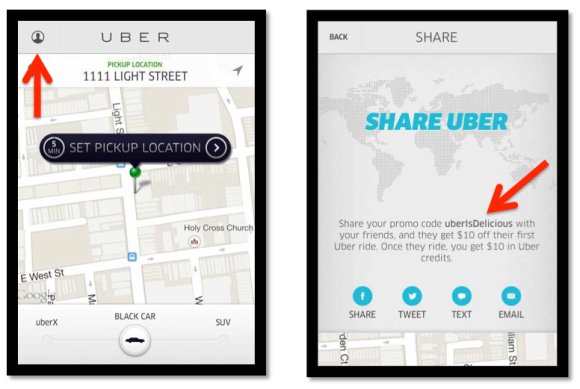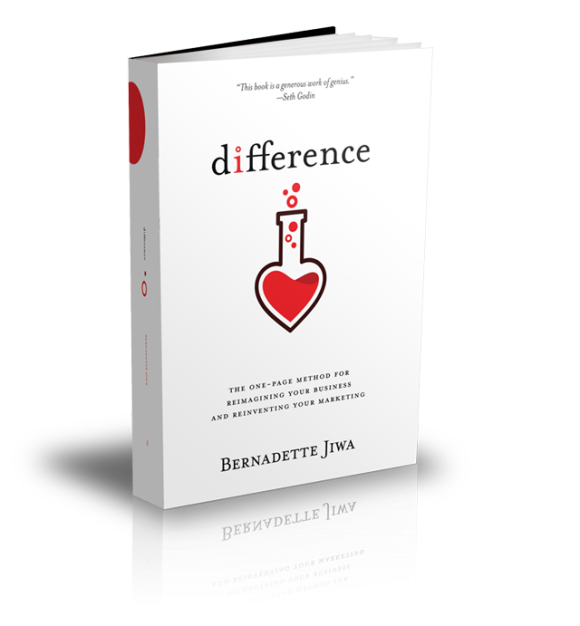If you are going to disrupt an industry, it makes sense to challenge a service that doesn’t provide a good customer experience. Most people who I know have had a negative experience in a taxicab at one time or another. Hailing a cab, rude drivers, cabs that are late and never show up, dirty and poorly maintained vehicles are just some of the problems people encounter. The best innovations identify and solve a customer problem in a new and unique way. Brand Storyteller, Blogger and author Bernadette Jiwa says that “the job of every single business on the planet is to do just one thing – to make people happy. When you find ways to do that you win”.

Uber is startup ride sharing service based in San Francisco. Uber was launched in 2010. Uber utilizes mobile apps to connect passengers with drivers of vehicles for hire. Uber arranges pickups in over 200 cities worldwide. Consumers reserve a car by using a mobile app to request a car. The mobile app can be used to track the reserved car’s location, make, model, driver’s name, license plate number and estimated pick up time.
I started using Uber as a result of a promo code that a friend shared with me this summer. A key lesson for content marketers is that good and useful content is easy to share. I downloaded the app on my iPhone, requested a ride and the driver arrived within 5 minutes. I had dinner that night with a friend in the Fells Point section of Baltimore. After dinner, I requested my ride from Uber and the driver again arrived in five minutes. The driver was polite and the during the 20 minute ride home we discussed basketball and the Baltimore Bullets. My experience was great. Following that experience, I have recommended Uber to several friends. I love Uber’s tagline “Everyone’s Private Driver”. In 2013, the USA Today named Uber its tech company of the year.
For me, Uber, is more than a tech company. Uber is a brand that utilizes technology and data to create a great customer experience. Startup’s like Uber are very unique. They connect buyers and sellers through a unique business model. They use data to make sure users have a great experience. Data is also used to continually learn and improve the service. Consumers are able to rate their experience with drivers building trust in the Uber Brand. Uber is powered by technology but delivers a unique, human experience.
Have you used Uber and if so how was your experience?






